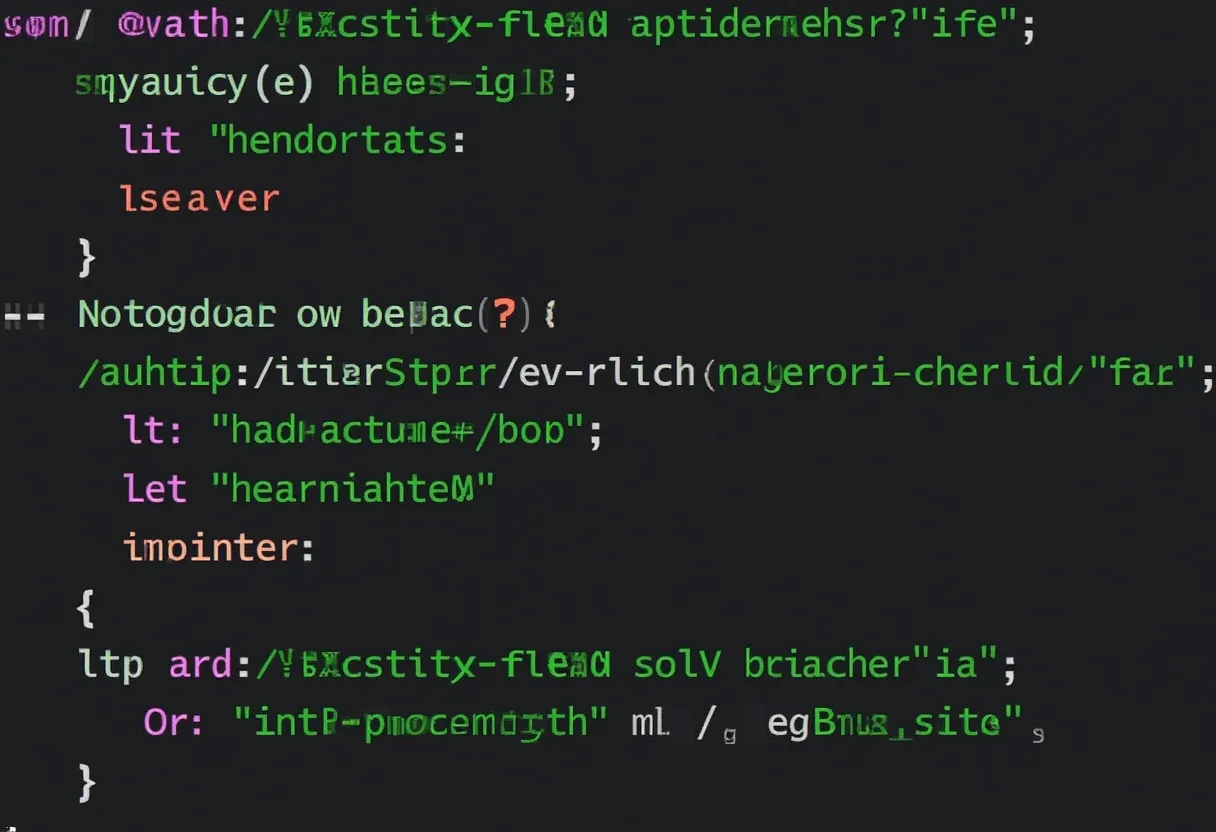Definition
What is If-None-Match?
The If-None-Match HTTP request header is a conditional request header that instructs the server to return a resource only if the specified ETag (Entity Tag) does not match the one stored on the server. This header is used to optimize web traffic and server load by ensuring that the server only sends a full response if the content has changed.
How It Works
Function and Concept
The If-None-Match header is included in the client’s request to indicate that the server should only complete the request if none of the specified HTTP ETag headers match. For safe methods like GET and HEAD, the resource will only be returned if the ETag does not match, resulting in a 304 Not Modified status code. For unsafe methods like PUT, it ensures that an existing file is not overwritten, preventing the lost update problem.
ETag Values and Wildcard
The header can include specific ETag values or a comma-delimited list of ETags. The asterisk (*) acts as a wildcard, indicating that every resource matches. If the If-None-Match: * header is used, the server will return a 304 Not Modified if the resource exists, regardless of its ETag.
Conditional Requests
When a client sends a request with the If-None-Match header, the server compares the provided ETag with the current ETag of the requested resource. If they match, the server returns a 304 Not Modified status code, instructing the client to use the cached version. If they do not match, the server sends the new version of the resource with a 200 OK status code.
Why It Matters
Importance in SEO
The If-None-Match header is crucial for optimizing web traffic and reducing server load. By minimizing the amount of data transferred between the client and the server, it helps in conserving bandwidth and improving overall web application performance. This is particularly beneficial for websites with large or frequently accessed resources.
Impact on Website Performance
Using the If-None-Match header enhances website performance by ensuring that users only download updates when necessary. This reduces the load on servers and improves page load times, contributing to a better user experience.
Impact on User Experience
Faster page load times and reduced data transfer result in a more responsive and efficient user experience. This can lead to higher user satisfaction and potentially better search engine rankings due to improved performance metrics.
Best Practices
Implementing If-None-Match
Caching Strategies
Implement robust caching strategies using the If-None-Match header to update local caches for resources obtained via GET or HEAD requests. Ensure that your web server (e.g., Apache, Nginx, IIS) is configured to handle these headers correctly.
ETag Management
Properly manage ETags by ensuring they change whenever the resource content changes. Use strong or weak ETags depending on the needs of your application. Strong ETags are more precise but may be more resource-intensive to generate, while weak ETags are less precise but faster to generate.
Handling Conditional Requests
Ensure that your server handles conditional requests correctly. For GET and HEAD requests, return a 304 Not Modified status code if the ETag matches, and include necessary cache-related response headers. For other methods like PUT, return a 412 Precondition Failed status code if the condition is not met.
Tools and Strategies
Use web development tools and frameworks that support the If-None-Match header. Regularly monitor and optimize your caching and ETag management strategies to ensure they align with your website’s performance and user experience goals.
Related Terms for Better Understanding
To gain a full grasp of how If-None-Match fits into broader web and SEO practices, it is beneficial to understand related terms such as:
- 304 Not Modified: A HTTP status code indicating that the requested resource has not been modified since the last request.
- HTTP Status Codes: Codes that indicate the result of the server’s attempt to process a request.
- ETag: An identifier assigned by the server to a specific version of a resource.
- Cached Page: A stored version of a web page used to reduce load times and server requests.
- If-Modified-Since: A conditional request header that asks the server to send the resource only if it has been modified after a specific date.
- Header Tags: Elements in the HTML code that define metadata, including HTTP request headers.
- Duplicate Content: When the same content appears on multiple URLs, which can affect SEO.
- Content Versioning: Managing multiple versions of content to track changes and updates.
- Dynamic Content Personalization: Tailoring content dynamically based on user behavior and preferences.
- Browser Compatibility: Ensuring a website functions correctly across different web browsers.
Conclusion
The If-None-Match HTTP request header plays a critical role in optimizing web traffic, reducing server load, and enhancing user experience by promoting efficient data transfer. Understanding and implementing best practices for managing ETags, performing conditional requests, and leveraging the power of the If-None-Match header is essential for maintaining high-performing web applications. By integrating this header into your caching strategies, you can significantly improve your website’s performance, user satisfaction, and SEO rankings.



